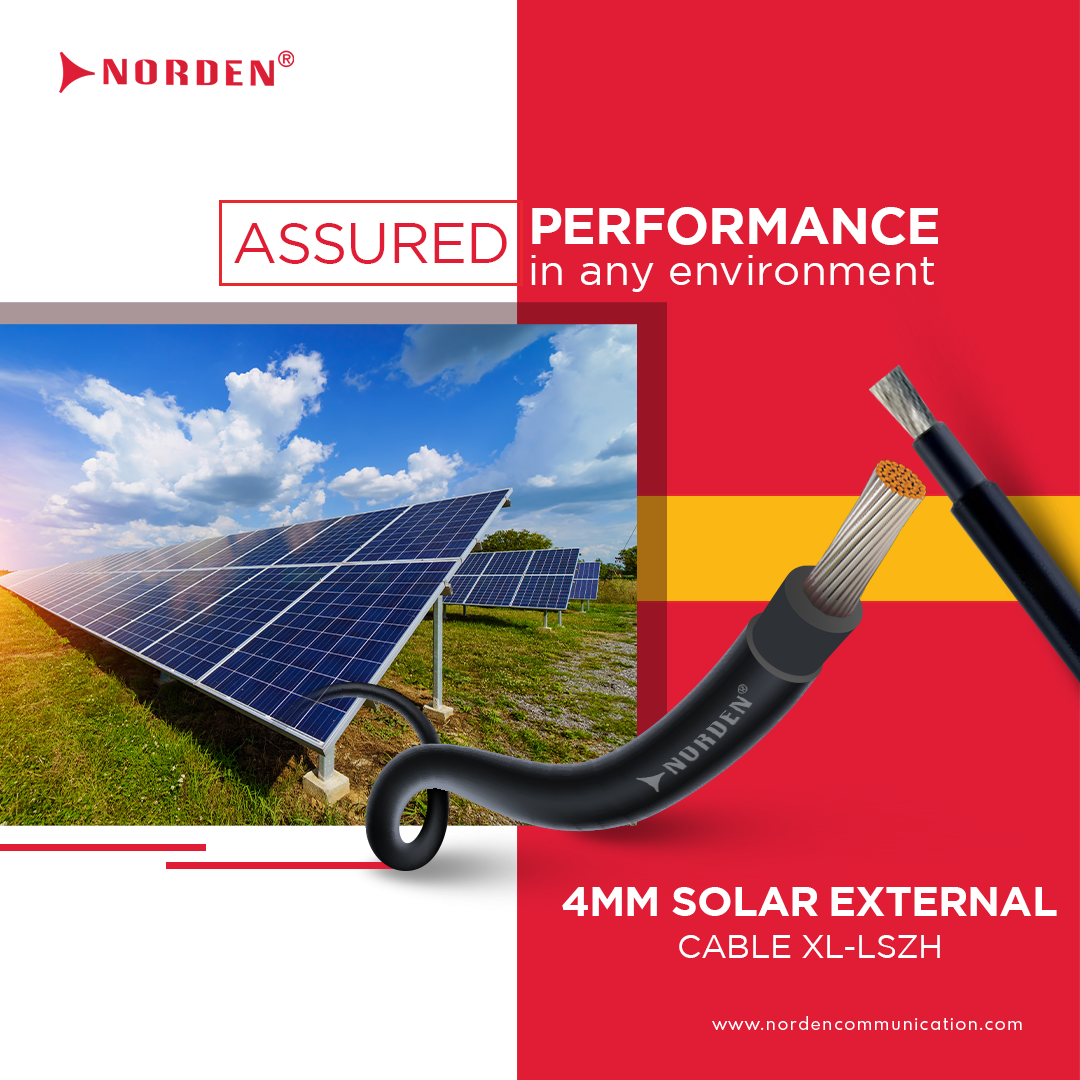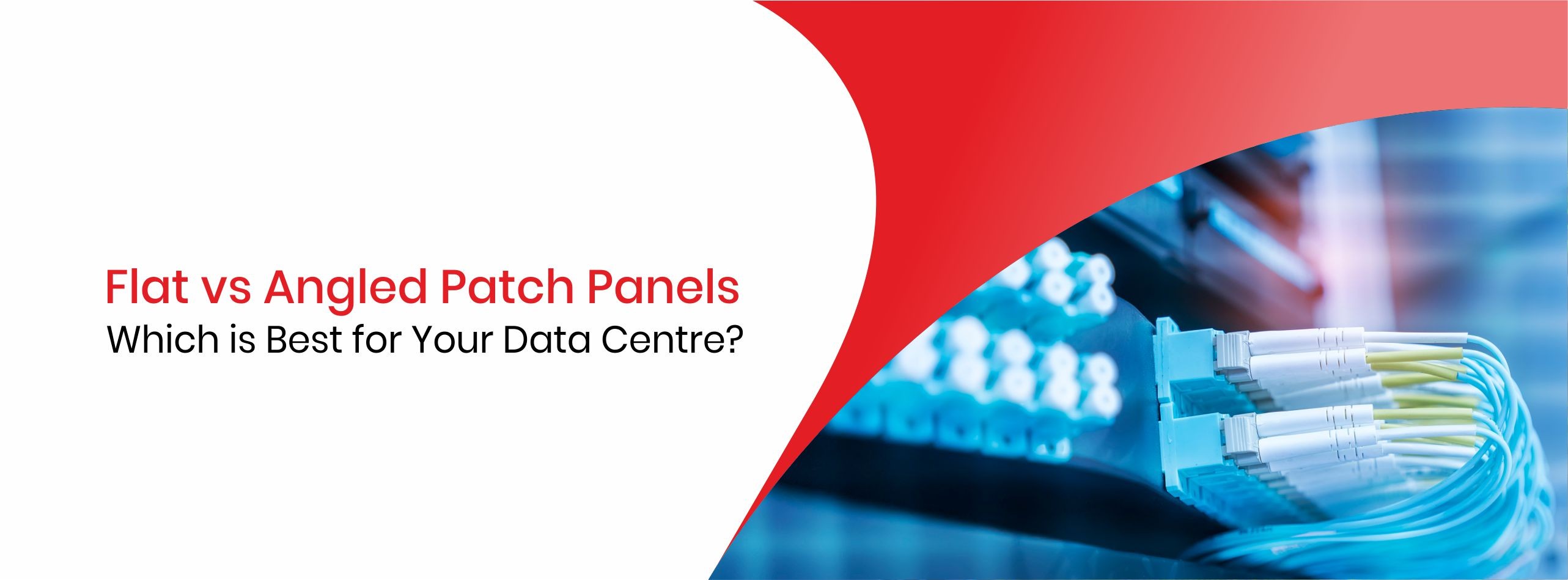Fill out your details and our executive will get in touch with you soon.











































































































































Man’s attempts to invent eco-friendly devices have resulted in the invention of solar cells. The renewable energy source is ideal for power generation without affecting the biosphere adversely. Solar cables or solar wires are also designed with the same aim to reduce harming the environment as much as possible. The solar cable is used for connecting the solar panel, the inverter for converting the DC power supply to AC, the charging controller, and the batteries.
The solar cables have several differences from normal electric cables. The basic requirements and location of installation are the predominant factors that cause the difference in construction.
The insulation sheathing of electric cable is also called a jacket. The normal electrical cables would ideally be installed concealed inside walls or in a closed space. This reduces the possibility of normal cables directly coming into contact with extreme weather conditions. It is not the case with solar cables. The solar cable would be installed in open spaces. Therefore, those would be subjected to adverse weather scenarios including wind, rain, and sun. The sheathing has to be strong and weather-proof to sustain the loads due to these conditions. A special material designed for solar cables is used for manufacturing the jackets or sheathing of the cables.
Solar cables have more longevity than normal electric cables. The prime reason being the sturdy and reliable cable jackets. The solar cable may last up to around 25 years without much reduction in performance. On the other hand, a normal electric cable may require replacement in a period of nearly 10 years. Else, the electric supply would be hampered or diminished.
Solar cables and regular wires are different in the case of electrical conductors also. Normally a single conducting material would be used in solar cable. Whereas, the regular electric cable will have multiple conductors installed together, for carrying electricity.

Wire gauge indicates the dimension of the cable’s circumference or thickness. It may be noted that the higher the wire gauge the thinner the cable. A normal electric cable is available in different thicknesses of wire gauges. Solar cable doesn’t come in such a large variety. The most common wire gauge in the case of solar wire is 10.
The world is rapidly switching over to eco-friendly practices. Solar power not only helps in maintaining biodiversity but also saves a lot of money.
Norden Communication has been the frontrunner in the manufacture and supply of credible ELV and Optical solution systems. We serve organizations and industries from varying sectors. Besides offering product support to residential, industrial, and commercial establishments. Norden has a well-established presence across continents and regions including Europe, Asia, Middle-East, and Africa.
We offer technically superior solar cables that could be ideal for residences, offices, commercial buildings, industries, and factories. The cables have been designed according to the EN 50618 standards and could be installed for permanent external applications. We assure excellent performance of the cable and longevity even if those are used in adverse weather conditions. The insulation sheathing and jacket used are made of cross-linked low smoke zero halogen material. The weather and UV resistant cables would serve without any defects for the entire lifetime.

















